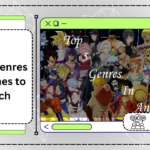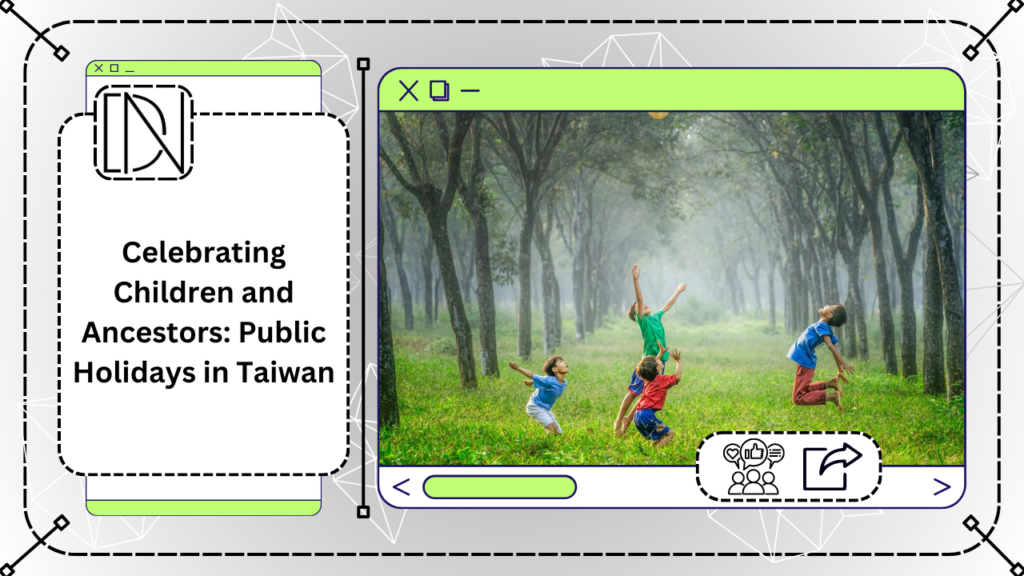Anime, the dynamic world of Japanese animation, has gained a massive global fanbase over the years. From fantasy adventures to slice-of-life stories, anime has captivated millions worldwide with its unique storytelling and vibrant characters. But beyond its entertainment value, a common question arises among fans: Can anime help you learn Japanese?
The short answer is yes, but there are important factors to consider. While anime can introduce you to the language in an engaging way, it’s not a substitute for structured learning. In this article, we’ll dive into how anime can assist in learning Japanese and why it’s best used as a supplemental tool in your language-learning journey.
1. Learning Vocabulary and Everyday Expressions
Anime provides exposure to a wide variety of Japanese vocabulary and expressions, making it a valuable resource for picking up words and phrases used in casual conversation. From common greetings like “ohayou” (good morning) and “arigatou” (thank you) to phrases like “daijoubu” (it’s okay) and “baka” (fool), anime reflects aspects of everyday language.
However, it’s important to note that many anime series use exaggerated dialogue and slang. Characters often speak in ways that might not align with real-life Japanese communication. For example, shonen anime (targeted at young male audiences) may feature characters speaking in aggressive or hyperbolic tones, which is not necessarily reflective of how people actually converse in Japan.
While anime can introduce basic vocabulary, it’s crucial to remember that formal and polite language—essential in many real-life situations—might be underrepresented. So while you can learn from anime, you should also study Japanese from more formal resources like textbooks or language apps to understand both informal and formal speech registers.
2. Improving Pronunciation and Intonation
One significant benefit of watching anime is improving your pronunciation and intonation. Hearing native speakers in anime allows you to mimic the natural rhythm, tone, and cadence of spoken Japanese. Unlike language learning apps that might use slower, clearer speech, anime often portrays how Japanese is spoken at natural speeds, giving you a more authentic feel for the language.
Anime voice actors (known as seiyuu) are particularly skilled in emotional delivery, which can help you understand how emotions affect speech. For example, a simple phrase like “arigatou” can be delivered in multiple ways depending on the speaker’s feelings—whether they’re being casual, excited, or deeply thankful. By listening carefully to these subtle variations, you can fine-tune your own speaking abilities.
However, it’s essential to combine this practice with structured pronunciation lessons, as anime sometimes emphasizes dramatic, theatrical delivery that doesn’t always match real-life conversation. A language tutor or pronunciation guide can help you develop a more neutral and professional speaking style.
3. Gaining Cultural Insights Through Anime
Anime offers a fascinating glimpse into Japanese culture, which can significantly enhance your language-learning experience. Many series integrate elements of traditional customs, festivals, and aspects of daily life. Whether it’s the reverence for school life, traditional tea ceremonies, or major celebrations like New Year’s or summer festivals, these cultural insights can provide valuable context for understanding the language.
Understanding cultural context is key to mastering any language. For instance, the Japanese language uses honorifics like “san” or “kun” to show respect, which varies depending on the relationship between speakers. Watching anime characters interact in various settings, such as schools, workplaces, or even supernatural worlds, helps you grasp the social nuances that shape language usage in Japan.
But while anime offers cultural insights, it’s important to complement this with more in-depth cultural education. Books, documentaries, or language exchange with native speakers can help deepen your understanding of Japanese customs and social etiquette, ensuring you use the language correctly in real-world situations.
4. Reading Practice with Subtitles
If you watch anime with Japanese subtitles, it can serve as an excellent tool for practicing your reading skills, particularly with hiragana, katakana, and kanji. Following along with subtitles while listening to spoken Japanese helps reinforce the connection between written and spoken words.
For beginners, starting with hiragana and katakana—the two simpler Japanese writing systems—is a good way to familiarize yourself with basic sentence structures and vocabulary. As you advance, you can gradually expose yourself to kanji, the more complex characters that represent entire words or concepts.
However, while subtitles can be helpful, be cautious about relying solely on them. Subtitles often simplify or localize the dialogue to make it easier for non-native speakers to understand. Therefore, the words you’re reading might not always match the spoken dialogue precisely. To enhance your reading skills, you should engage with other reading materials like graded readers, Japanese books, or manga that provide accurate representations of the language.
5. Expanding Your Vocabulary Through Diverse Anime Genres
One of the strengths of anime as a language-learning tool is its wide range of genres and themes, exposing you to diverse dialogue styles. From action-packed adventures to romantic dramas, each genre can introduce you to different aspects of the language.
- Slice-of-life anime, such as Clannad or Your Lie in April, often depicts day-to-day interactions in schools, families, and relationships, offering more realistic conversations that mirror everyday Japanese life.
- Fantasy and sci-fi anime, like Attack on Titan or Sword Art Online, may use more dramatic language but can still introduce specialized vocabulary, especially if you’re interested in niche areas like gaming, technology, or combat terminology.
However, to truly expand your vocabulary, it’s important to balance anime with formal study methods, like flashcards, language apps, or tutors. This structured approach ensures you learn words and phrases in the proper context and with the correct usage.
6. Enhancing Listening Comprehension
Anime is a great way to improve your listening comprehension, particularly because it exposes you to a variety of accents and speaking styles. Listening to characters with different personalities—whether they’re calm, shy, loud, or energetic—can help you understand how emotions and attitudes affect speech.
Some anime feature regional dialects, like Kansai-ben, which can provide insight into the linguistic diversity within Japan. By watching anime, you become more attuned to different ways people speak based on their background, status, or personality.
To enhance your listening skills further, try watching anime without subtitles or with Japanese subtitles. This forces you to focus more on the spoken language and understand context without relying on translations.
7. Motivation Through Enjoyment
One of the most underrated benefits of using anime to learn Japanese is that it keeps you motivated and engaged. Learning a language is a long and often difficult process, and staying motivated is key to success. Watching anime allows you to immerse yourself in the language while enjoying exciting stories and beloved characters.
The more you’re invested in the anime you watch, the more you’ll be exposed to Japanese in a fun and entertaining way. This engagement can inspire you to learn more about the language and culture, giving you an additional reason to continue studying.
However, remember that motivation alone won’t lead to fluency. To make meaningful progress, anime should be just one tool in a broader language-learning strategy. Consistent study, speaking practice, and formal lessons are essential components to achieving fluency.
Conclusion: Anime as a Supplementary Language Learning Tool
So, can anime teach you Japanese? Yes, it can—anime offers exposure to vocabulary, pronunciation, cultural insights, and various dialogue styles that can aid in learning the language. However, it should not be your primary method of study.
Anime is best used as a supplement to structured learning methods like textbooks, language apps, classes, or tutors. Combining anime with formal education ensures you build a strong foundation in Japanese while keeping the learning process fun and engaging.
If you’re an anime fan looking to learn Japanese, go ahead and immerse yourself in your favorite shows. Just remember to balance your viewing with practical study tools to achieve your language goals.
For more like this read our blog on Can anime change your life?












